The American Heart Association (AHA) recently published its 2020 AHA Guidelines for CPR and Emergency Cardiovascular Care (ECC) in the organization’s flagship journal, Circulation. Among the major changes are the addition of a sixth link focused on recovery in the AHA’s Chain of Survival, a widely-adopted series of critical actions that work to maximize the chance of someone surviving cardiac arrest.
The latest research shows that the recovery phase following cardiac arrest continues long after hospitalization. The physical, social, and emotional aspects of recovery among patients and their caregivers are emphasized after survivors leave the hospital.
The guidelines contain updated or new algorithms and graphics to reflect the latest resuscitation science, including:
- a new Recovery link in the Chain of Survival was created for in-hospital and out-of-hospital cardiac arrest in infants, children, adolescents, and adults;
- a new algorithm and updated recommendations on resuscitation during pregnancy focuses on the best outcomes for both the mother and baby. Team planning for cardiac arrest in pregnancy should be done in collaboration with the obstetric, neonatal, emergency, anesthesiology, intensive care, and cardiac arrest services;
- addressing the increase in respiratory and cardiac arrests due to opioid overdoses, two new opioid-associated emergency algorithms are included for lay rescuers and for trained responders; and
- new data on respiratory rates during CPR in children are now available, and the recommendations for pediatric CPR is one breath every 2 – 3 seconds (20 – 30 breaths per minute).

The AHA Chain of Survival now includes a sixth link focused on recovery.
Guidance calls for increasing bystander CPR
The 2020 guidelines offer suggestions for increasing lay rescuer CPR rates, noting that currently less than 40% of non-hospitalized adults who experience cardiac arrest receive layperson-initiated CPR before the arrival of emergency medical services. Among the new or updated suggestions are the following:
- raise awareness of the need for laypersons to initiate CPR for presumed cardiac arrest, underscoring that the risk of harm to the patient is low;
- emergency dispatch systems are encouraged to use cell phone technology to recruit laypersons to assist with CPR rescues, especially in under-resourced areas in an effort to increase the rate of bystander CPR and automated external defibrillator use; and

- bystander CPR training should target specific socioeconomic, racial, and ethnic populations who have historically exhibited lower rates of bystander CPR. CPR training should address gender-related barriers to improve bystander CPR rates for women.
Bringing science to life
For the first time ever, the latest resuscitation science is reflected in new high-quality CPR programs that released simultaneously in the form of a new digital resuscitation portfolio — a milestone achievement and breakthrough for the AHA.
The programs are rooted in a true adaptive learning design that delivers personalized instruction tailored to individual needs and knowledge and confidence levels.
The simultaneous release upholds an AHA Guiding Value – Bringing Science to Life.
The AHA also released Basic Life Support (BLS), Advanced Cardiovascular Life Support (ACLS), and Pediatric Advanced Life Support (PALS) course materials for instructor-led training.
Guidelines’ approach and history
The approach for the 2020 Guidelines reflects alignment with the International Liaison Committee on Resuscitation (ILCOR) and associated member councils and includes varying levels of evidence reviews specific to the scientific questions considered of greatest clinical significance and new evidence.
Since the first AHA Guidelines for CPR and ECC were published in 1966, the guidelines have been reviewed, updated, and published periodically by the AHA.
In 2015, the process of five-year updates was transitioned to an online format that uses a continuous evidence evaluation process rather than periodic reviews. This allowed for significant changes in science to be reviewed in an expedited manner and then incorporated directly into the guidelines if deemed appropriate.
The AHA has been a leader in resuscitation science and innovation for over 50 years, training millions of people each year in CPR, first aid and advanced cardiovascular care around the world through its programs and awareness campaigns.
Visit the ECC Digital Digest to view infographics that cover key guidelines changes and listen to podcasts from resuscitation experts who were involved in creating the guidelines.
